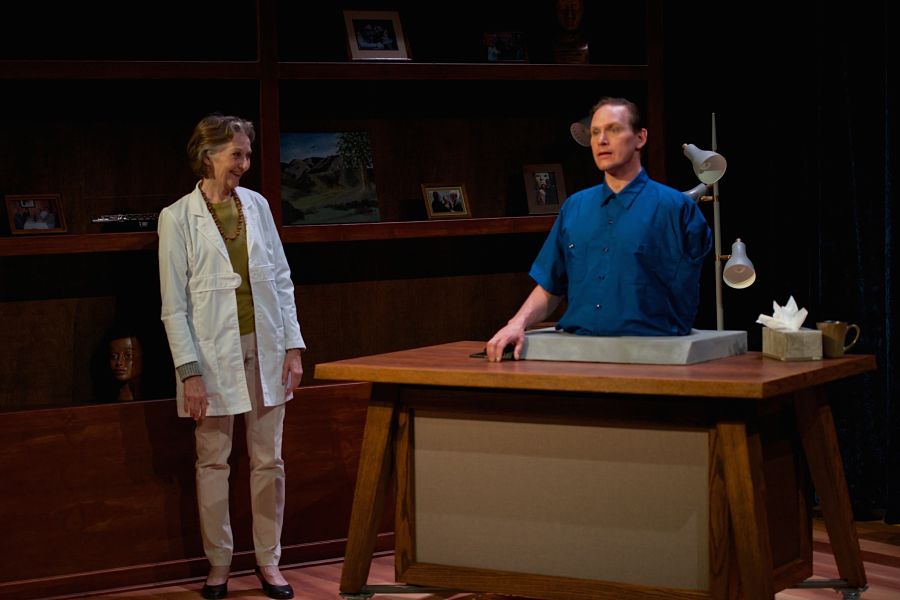
Dwayne Blackaller and Matthew Cameron Clark aren’t writing sci-fi plays, they swear.
“It just so happened that we made one play about monsters, and now we’ve got a play about robots,” concedes Blackaller, referring, first, to last year’s Fukushima nuclear disaster–inspired A Nighttime Survival Guide and, second, to a new work, The Uncanny Valley, running at Boise Contemporary Theater April 2–26. But just as Nighttime was less a play about monsters than about youthful fear and Internet bonding, Uncanny features no herky-jerky humanoids with wires protruding from their backs. Instead, Blackaller describes it as “a play with more serious themes” intended to “make audiences question what it means to be human.”
Set 150 years in the future, The Uncanny Valley follows a photographer invited to an artist’s retreat where she meets a mysterious caretaker named Stanley and learns secrets about the family that created him.
“Yes, Stanley’s an automaton,” admits Blackaller, whose co-author, Clark, is also BCT’s artistic director. “But there aren’t really any science fiction elements other than created people.” The theatre’s resident designer, Michael Baltzell, has a few tricks up his sleeve, Blackaller says. “But we’re carefully avoiding anything that would be better in a movie.”
The title is a term coined by a Japanese roboticist to “describe the phenomenon that occurs when we see something almost real but not quite—the uneasy revulsion toward things that are nearly human. It’s the reason you don’t see mannequins with realistic eyes and eyelashes anymore.” And who wants realism in their robot play, sci-fi or no?

